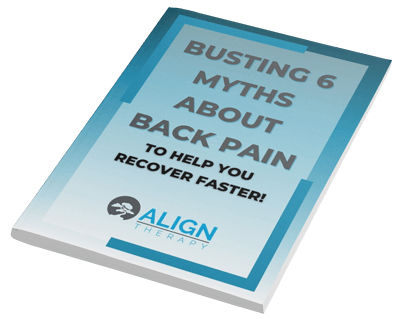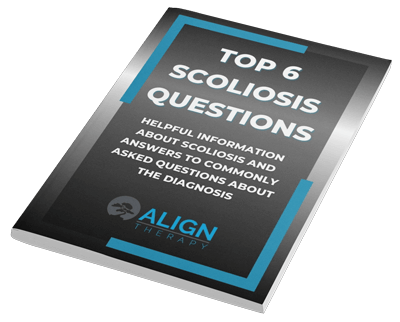If healthy aging is important to you, a lifestyle that includes healthy habits should be as well. However, some older adults may limit physical activity over concerns about safety, ability, or chronic health conditions. These worries may be due to the myth of aging and activity level, which holds back some older people from starting or maintaining an exercise regimen.
While you may not have the same performance, ability, or endurance that you did when you were younger, that does not mean you cannot benefit from regular exercise. Here is what you need to know to stay active and stop believing in the myths about aging.
Why Physical Activity Is a Good Thing
If you currently exercise regularly, good for you! The best way to stay active is to be active. Any form of movement is better than nothing, and it can help your joint, muscle, and bone health. Older adults may want to check with their medical provider before starting any new exercise, especially if they have an ongoing health condition or are recovering from an injury.
A well-balanced exercise regimen should include strength training, balance, posture, and flexibility. Aerobic exercise is important for your cardiovascular health to keep your heart pumping and blood flowing. Exercise can also be fun and social, providing mental benefits as well.
Exercise Yields Big Benefits
One myth about aging is that physical fitness is not possible in older age. As people age, they may not want to participate in formal exercise or intense workouts. Public health experts recommend about 20 minutes of moderate exercise daily, which can be broken into several sessions, such as a ten-minute walk in the morning and ten minutes of stretching in the evening. You do not have to lift weights every day or run a marathon to achieve health benefits.
What can you expect to gain from exercise? Many older adults can experience these improvements from regular movement:
- Lower blood pressure and resting heart rate
- Increased metabolism
- Better blood flow
- Bone loss prevention
- Boost in memory and concentration
- Better balance
- Improved sleep
- Reduced depression and anxiety
- Prevention of Alzheimer’s disease and other forms of dementia
With physical and mental health benefits, exercise delivers a lot for people at any age.
You’re Never Too Old for an Exercise Program
There are many types of exercise for every age and fitness level. Just as there are seniors who run marathons, there are also older adults who are bedridden or have serious health problems yet are still able to do simple muscle-strengthening activities.
For example, yoga and tai chi incorporate gentle movement with balance and strength to help older people maintain a healthy bone density. Water fitness classes are another way to move that can reduce pressure on joints and arthritis pain. The key is to incorporate regular stretching and listen to your body if you have an increase in pain.
How Exercise Strengthens Your Body and Mind
Wellness is a combination of physical, mental, and emotional health, and physical activity is the key to achieving it. Younger adults may exercise to look a certain way or maintain a healthy weight. By middle age, however, your focus may shift to preventing a significant health problem, such as diabetes, high blood pressure, or kidney disease.
Among older people, fitness can also keep brains active. Adults in their golden years may find friends through exercise classes at a local gym or senior center. Isolation is a serious concern for older adults, and group exercise fights that loneliness.
Issues with anxiety and depression can also improve with exercise. People of all age groups may report fewer symptoms of these conditions after working out, in part thanks to the release of endorphins that provide a natural mood boost.
An Exercise Routine without Pain or Fear
One of the most common myths regarding exercise and aging is concern about injury. Older adults may have more risk factors than young adults do, but that does not mean physical activity is off-limits.
Consider the last time you or someone you know saw a physical therapist. Did you sit still and wish the pain away or did you have specific exercises to improve range of motion and function as well as pain management? Exercise can help you feel better and reduce pain as long as what you do is appropriate for your ability level.
Push Aside Myths About Healthy Aging
If you are not sure how to stay active or have concerns about pain with activity, talk to a physical therapist at Align Therapy. Call us at 801-980-0860 to chat with us about how we can help and get on the path to better movement.



